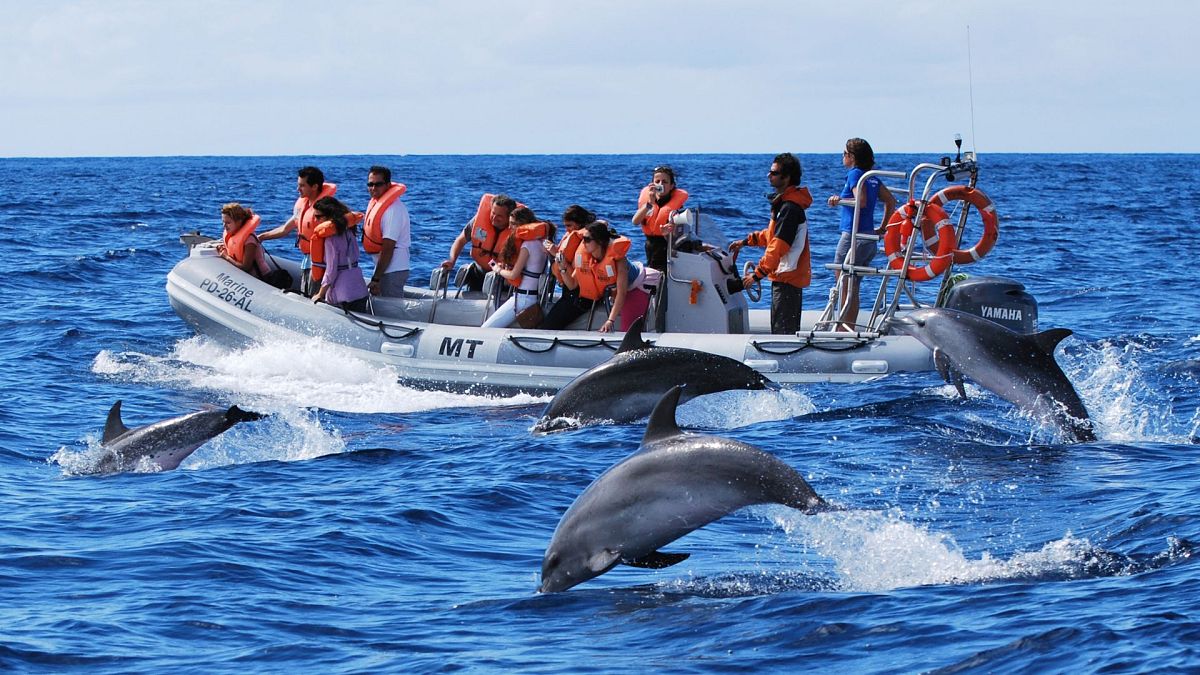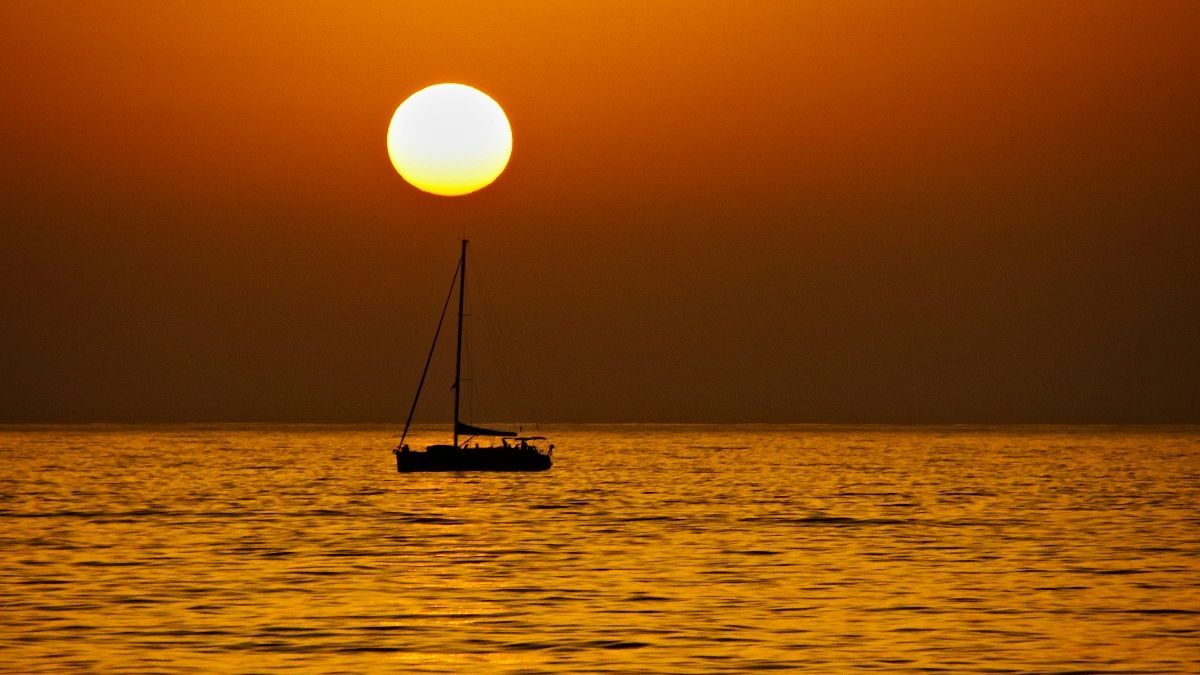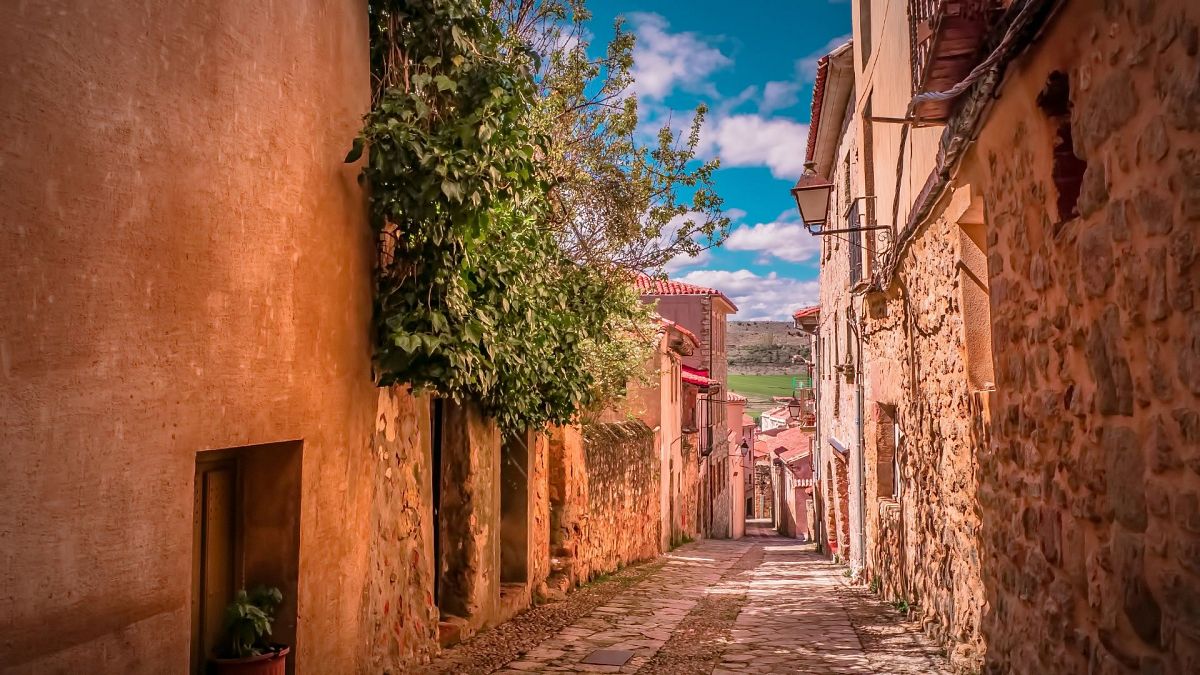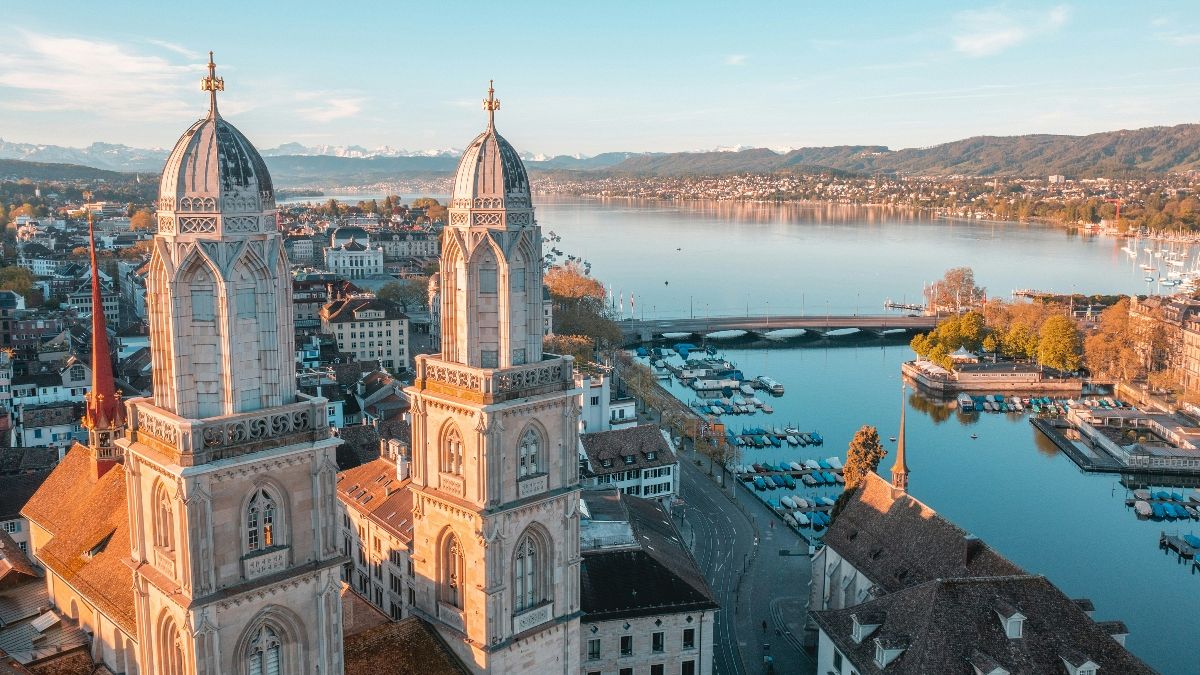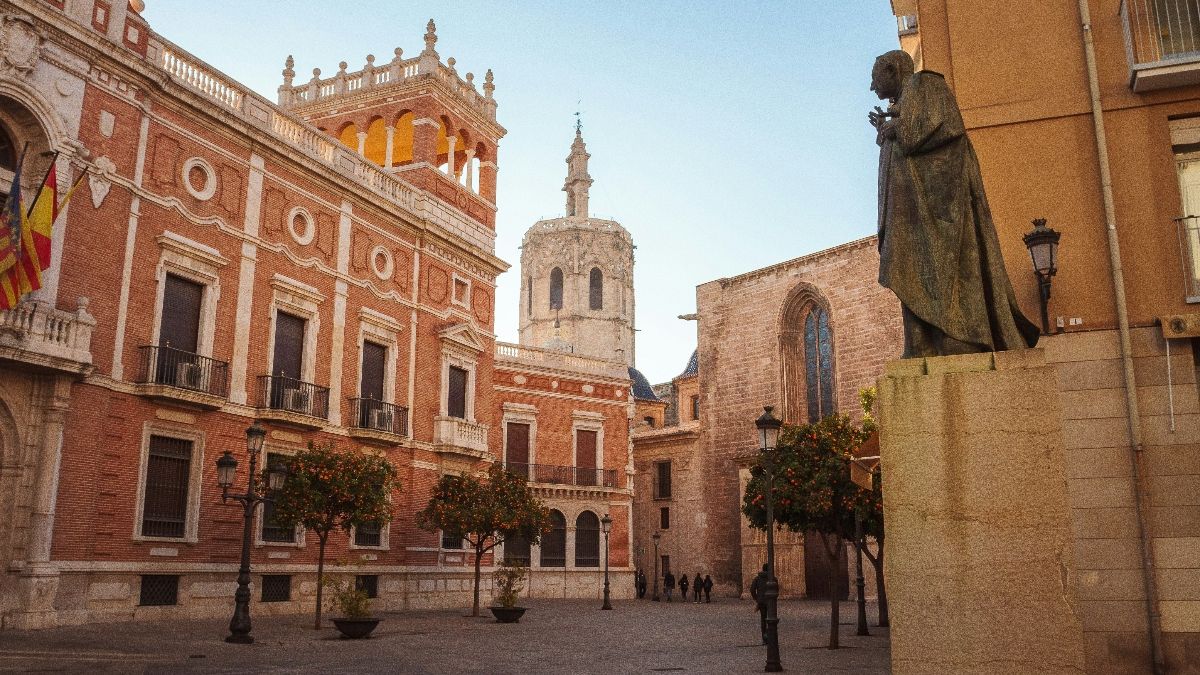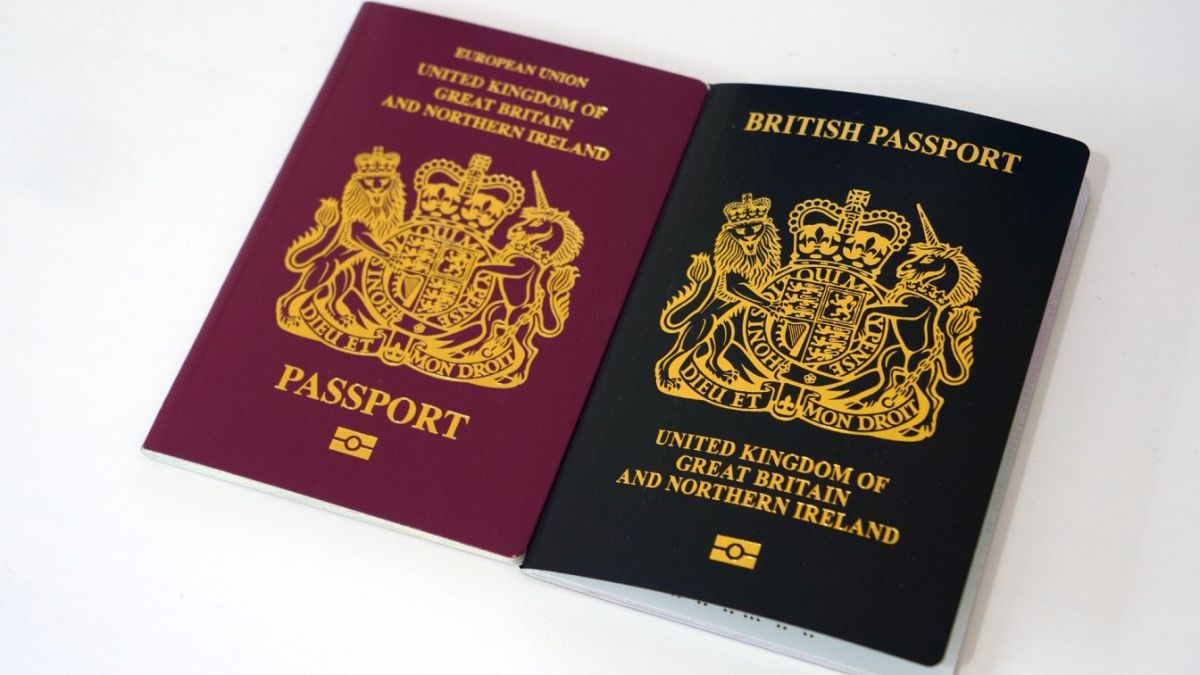Why is Galapagos doubling its entry fee for tourists?

The changes will come into force in August.
The Galapagos Islands is doubling its entry fee for tourists.
From August 2024, visitors from most countries will be required to pay $200 (€184), up from $100 (€92) currently.
The Ecuadorian archipelago is the latest to crack down on overtourism with a hike in tourist tax.
It is hoped that the higher fee will discourage some visitors and reduce pressure on the wildlife-rich destination.
Who will have to pay extra to visit the Galapagos Islands?
Visitors from all foreign countries will face higher fees to enter the Galapagos Islands – but some will pay less than others.
Tourists from Bolivia, Colombia, Peru, Argentina, Brazil, Paraguay and Uruguay will see fees rise from $50 (€46) to $100. Ecuadorian nationals will soon have to pay $30 (€27.50) – a significant increase on the current $6 (€5.50).
All other nationalities must pay the new $200 fee – a one-off charge that covers the entirety of their 60-day visa-free stay.
The fee for children under 12 years old will rise from $50 to $100, while infants under two years old will not be charged.
It will be the first time the fees have been raised since 1998.
Why are entry fees for the Galapagos Islands increasing?
The fees are increasing to help raise more funds for conservation, infrastructure and the community, according to the Galapagos Conservation Trust (GCT).
It is hoped the money will help support the islands’ unique wildlife, as well as the tourism industry that depends on it.
A sharp rise in tourists to the Galapagos in recent years is putting pressure on water and food resources, along with waste management.
In 2022, almost 268,000 tourists visited the archipelago – close to the pre-pandemic levels of 2019 and a steady increase from the 180,800 in 2012 and 215,700 in 2014.
It is also feared that the rise in foreign visitors increases the risk of invasive species being introduced to the islands and disturbing their delicate ecosystem.
“The Galapagos Islands are not only a national treasure but a global one,” Niels Olsen, Ecuador’s Minister of Tourism, said in a statement shared with GCT. “It is our collective responsibility to protect and preserve this unparalleled ecosystem for future generations.”
How else is Galapagos protecting itself from overtourism?
Spanning almost 8,000 square kilometres across 19 main islands – four of which are inhabited – Galapagos is a UNESCO World Heritage Site and Ecuador’s first national park. The country has declared 97 per cent of the islands’ area as protected.
Galapagos is home to nearly 9,000 species, many of them endemic – including the Galapagos tortoise, marine iguana and flightless cormorant.
In 2016 and 2017, measures were taken to ensure tourism remains sustainable, including placing a moratorium on construction of new tourism projects, which is still in place.
Tour operators in Galapagos are also learning regenerative tourism techniques to ensure their businesses can last into the future.
A limit on the number of flights, established in 2012, also remains.
Most visitors reach the islands by air from mainland Ecuador, with direct flights from Guayaquil and Quito. Alternatively, it takes around three days to reach the archipelago by cargo boat from Guayaquil.
Source: Euro News



